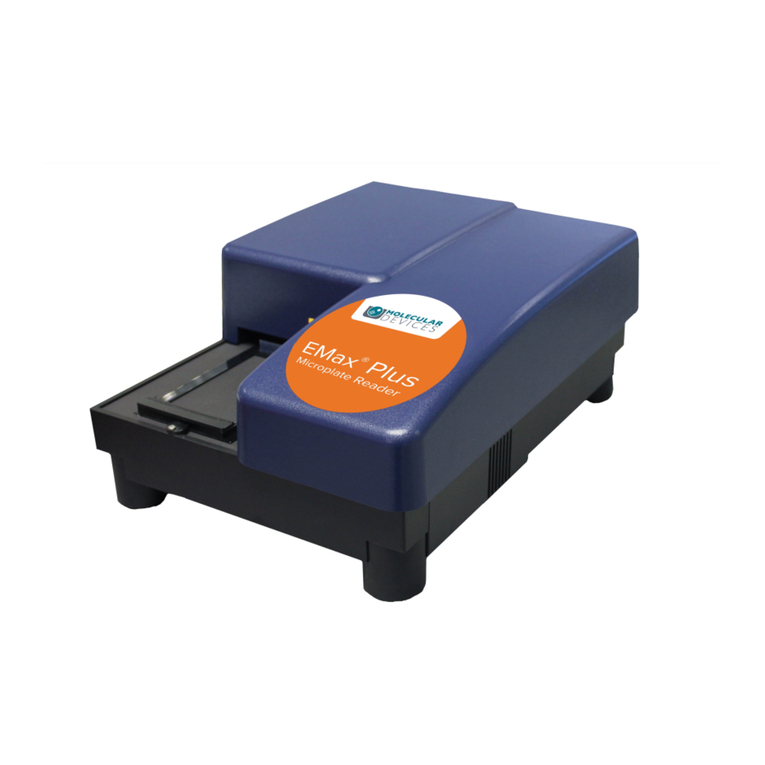
This document is provided to customers who have purchased Molecular Devices
equipment, software, reagents, and consumables to use in the operation of such
Molecular Devices equipment, software, reagents, and consumables. This document
is copyright protected and any reproduction of this document, in whole or any part,
is strictly prohibited, except as Molecular Devices may authorize in writing.
Software that may be described in this document is furnished under a non-
transferrable license. It is against the law to copy, modify, or distribute the software
on any medium, except as specifically allowed in the license agreement.
Furthermore, the license agreement may prohibit the software from being
disassembled, reverse engineered, or decompiled for any purpose.
Portions of this document may make reference to other manufacturers and/or their
products, which may contain parts whose names are registered as trademarks and/or
function as trademarks of their respective owners. Any such usage is intended only to
designate those manufacturers’ products as supplied by Molecular Devices for
incorporation into its equipment and does not imply any right and/or license to use
or permit others to use such manufacturers’ and/or their product names as
trademarks.
Each product is shipped with documentation stating specifications and other
technical information. Molecular Devices products are warranted to meet the stated
specifications. Molecular Devices makes no other warranties or representations
express or implied, including but not limited to, the fitness of this product for any
particular purpose and assumes no responsibility or contingent liability, including
indirect or consequential damages, for any use to which the purchaser may put the
equipment described herein, or for any adverse circumstances arising therefrom. The
sole obligation of Molecular Devices and the customer's sole remedy are limited to
repair or replacement of the product in the event that the product fails to perform as
warranted.
For research use only. Not for use in diagnostic procedures.
Product manufactured by Molecular Devices, LLC.
1311 Orleans Drive, Sunnyvale, California, United States of America 94089.
Molecular Devices, LLC is ISO 9001 registered.
© 2013 Molecular Devices, LLC.
All rights reserved.
The trademarks mentioned herein are the property of Molecular Devices, LLC or their respective owners. These
trademarks may not be used in any type of promotion or advertising without the prior written permission of
Molecular Devices, LLC.
Patents: http://www.moleculardevices.com/productpatents
FlexStation_manual.book Page 2 Tuesday, June 25, 2013 10:22 AM




























